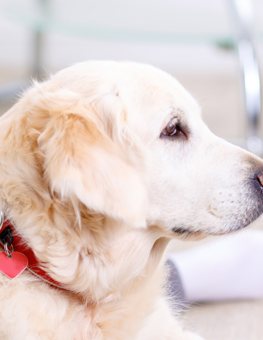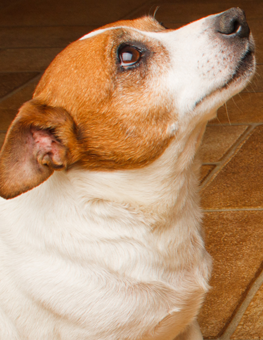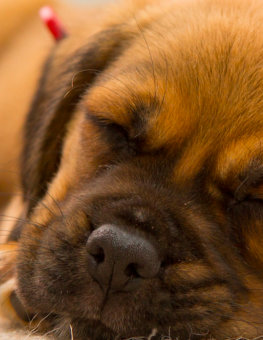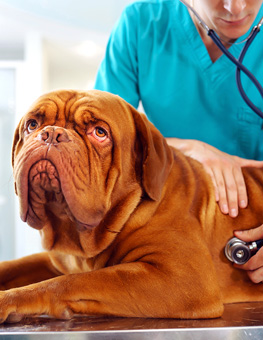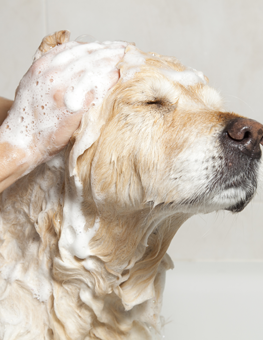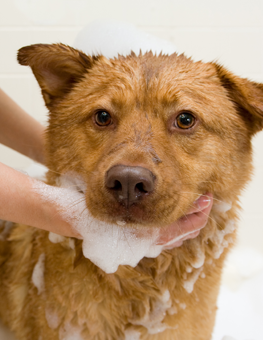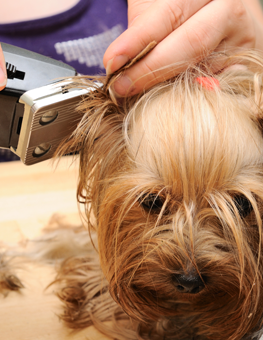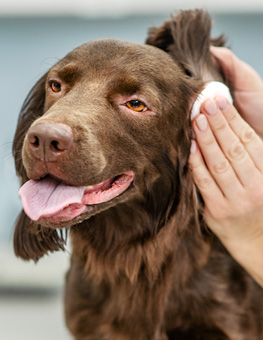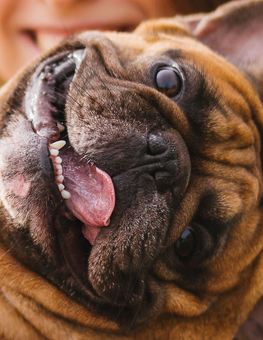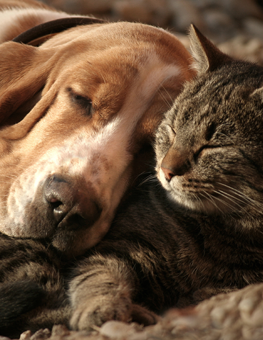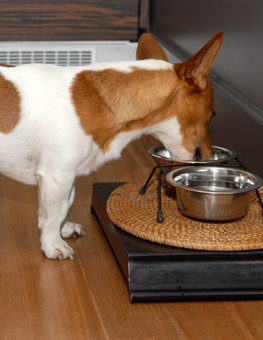Choosing the Right Brush for Your Dog
With the right brush, your dog will enjoy a daily grooming session while looking good and staying healthy.
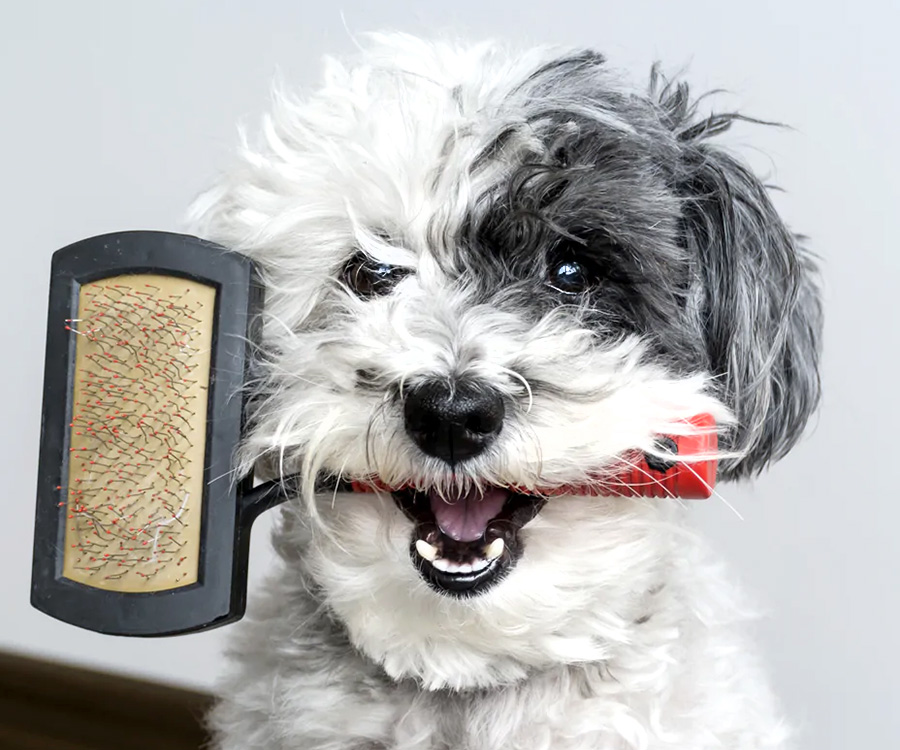
You probably chose the right brush for your dog if he enjoys grooming.
Brushing your dog’s coat is an important part of canine maintenance and serves many functions; for example, it eliminates tangles and mats, keeps his coat looking vibrant and beautiful, massages and lubricates his skin by activating your pet’s natural oils, and keeps errant pet hair away from clothing and furniture.
Different types of dogs require different types of brushes. For example, it doesn’t make sense to use the same type of brush on a Poodle that you would use on a German Shepherd. Their hair is simply different.
When you use the right type of brush, your pet will most likely enjoy being groomed. If your pet is showing signs of pain or discomfort, you might be using the wrong kind of brush. On the other hand, If he is happy to sit in your lap and be groomed, you are probably on the right track.
There are four primary types of dog brushes: slicker brushes, rakes, bristle, and pin brushes.
- Slicker Brushes
Slicker brushes have fine, short wires close together on a flat surface. They are used on medium-to-long-haired or curly-haired dogs to remove mats. There are many different varieties of slicker brushes on the market, but choose one that is the correct size with a flexible handle to make grooming your dog easier.
Slicker brushes are used on many dog breeds, including Golden Retrievers, Yorkshire Terriers, Cocker Spaniels, and St. Bernards. Longer-haired dogs are more likely to develop mats that will need to be removed. It is important to remember to always be gentle when using a slicker brush. The fine, tightly-spaced wires can cause your dog discomfort if too much pressure is used. - Rakes
Rakes are brushes designed to penetrate into a dog’s thick coat and remove tangles and dead undercoat near the dog’s skin. They are often shaped like a shaving razor and feature one or two rows of tightly-spaced pins. Like a razor, they are intended to be used with minimal pressure. Rakes should be used on thick-haired dogs including German Shepherds, Malamutes, and Chow Chows. These breeds tend to develop dead undercoats, especially during shedding season, and their thick coats also tend to trap debris. When looking for a rake, be sure to find one with pins that roughly match your dog’s hair length. Rakes that are too short will miss the inner layer of the undercoat, while rakes that are too long could irritate the skin. - Bristle Brushes
Bristle brushes are used on short-haired, smooth-coated dogs that shed frequently. Their clusters of tightly-packed natural bristles will remove loose hair and stimulate the skin. Bristle brushes can be used on breeds such as Pugs, Italian Greyhounds, Jack Russell Terriers, and Boston Terriers. - Pin Brushes
Pin brushes look similar to brushes commonly used by people. They are usually oval-shaped, with a loosely-arranged set of flexible wires with pins on top. Pin brushes are the most commonly used type of brush, but often the least useful. They will pick up loose hair before it is shed onto your furniture, or finish and fluff a well-brushed coat, but provide little benefit to your pet. They are best used to finish off the grooming process.
In addition to the brushes above, you should also buy a flea comb for your dog. Fleas can cause itching and irritation, as well as can lead to skin infections. Flea combs are universal and can be used on any dog. If you are unsure of which brush is best to use, ask a pet care specialist or veterinarian.



